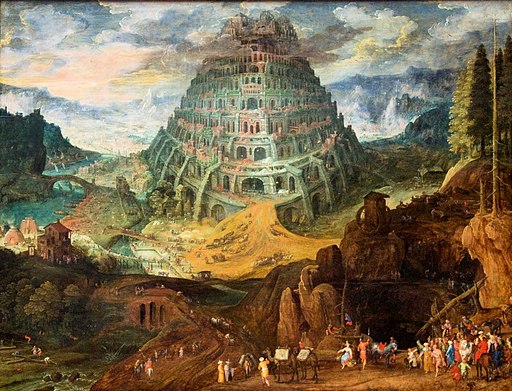In 2018 it's going to be bigger still and is now on between July 10th and 12th July 2018 - at the RHS London Plant and Art Fair in the two RHS Horticultural Halls
- the Lindley Hall, SW1P 2QW and
- the Lawrence Hall SW1P 2QD
 |
| View of the 2017 exhibition |
Exhibiting artists at RHS Botanical Art Show 2018 contains :
- the list of 44 artists who have been selected for a place in the exhibition. (The RHS Picture Panel judges are going to be working over time this year!)
- organised by country of origin
- plus profiles of each artist where available and links to their websites
- plus images of those with a place in this year's exhibition who have previously won an RHS Gold Medal and been interviewed by me
For those of you not familiar with the exhibition it requires each artist to be:
- vetted at least a year in advance as to whether their artwork has reached the level required to be able to apply for a space at the exhibition. They then have five years to produce their exhibit. This is to allow for botanical life cycles and the fact that it may take some time to collect all the material to create the paintings
- produce a minimum of six drawings or paintings - on a theme - which meet standards prescribed by the RHS
- apply for a place at the exhibition - and then wait and see if they get allocated a place
- hang their own exhibition - and be judged on the standard of the exhibit as well as the standard of the paintings
- those attending are generally expected to remain with their paintings for the two days of the exhibition
You can read more about the RHS Botanical Art Shows on two pages:
- RHS Botanical Art Exhibitions - which outlines the process and has links to where you can find more information. Plus it has links to all reviews of the shows where you can see more about the type of exhibits which win Gold Medals and links to all my interviews with the RHS Gold Medal Winners
- Tips from RHS Gold Medal Winners - every interview I ask the Gold Medal Winners for their tips for doing well and producing good work - and this page documents those tips
_______________________________________________________
PS My blog post reviewing Heat 7 of the Sky Portrait Artist of the Year will now be published tomorrow. Definitely - I'm not going anywhere - it's snowing!!

































